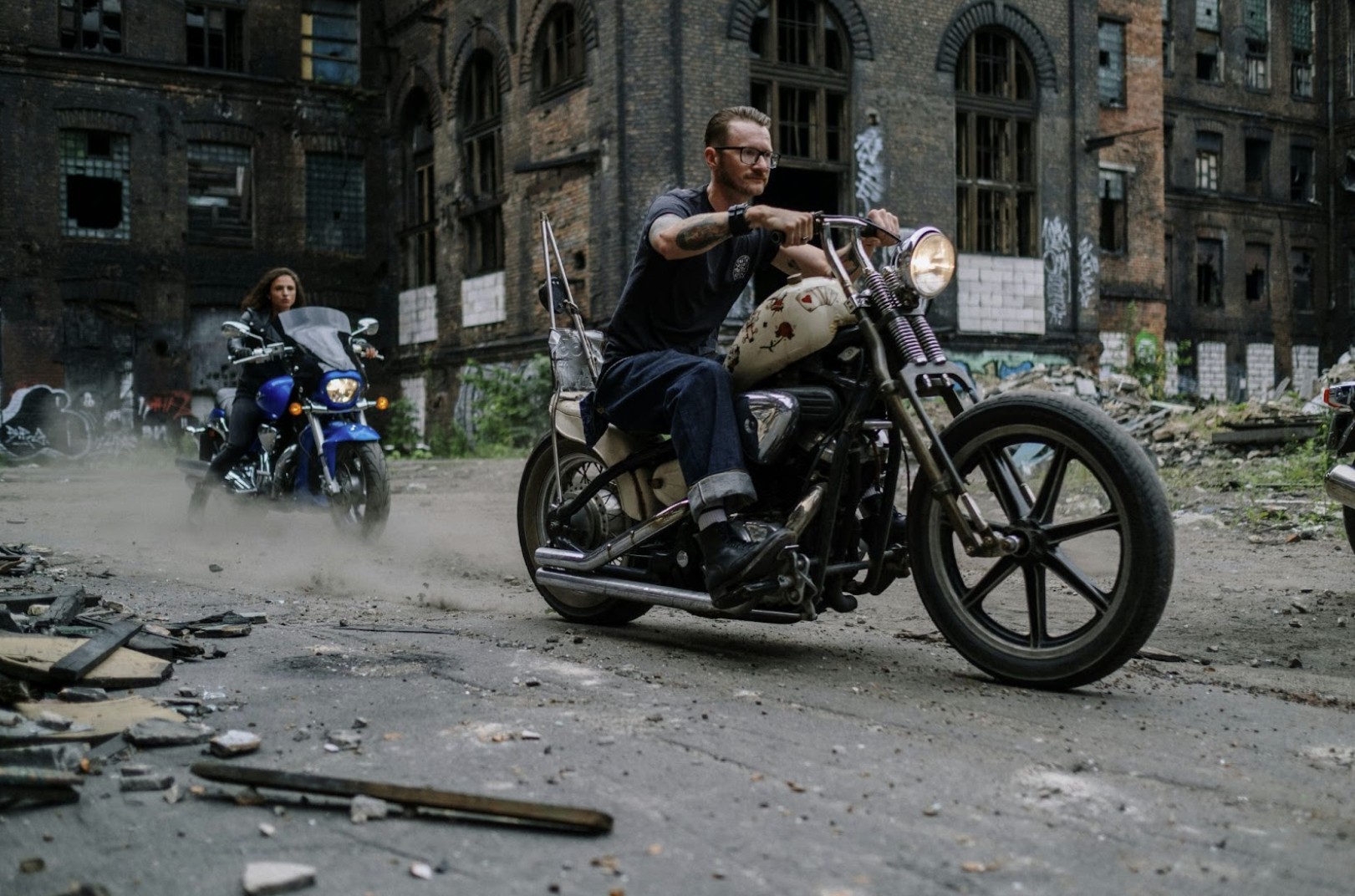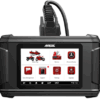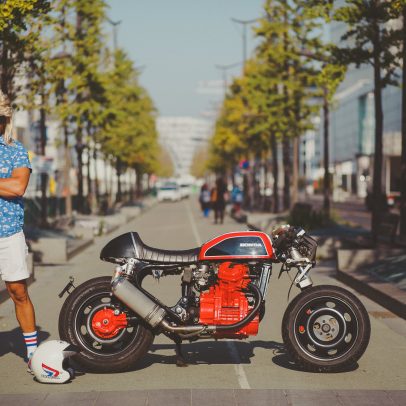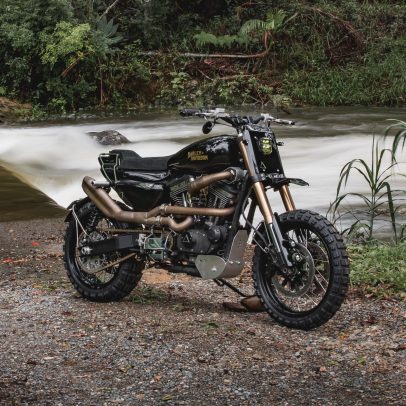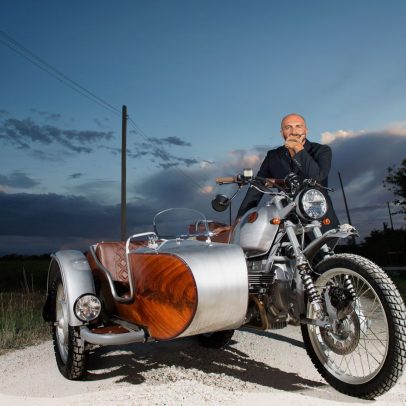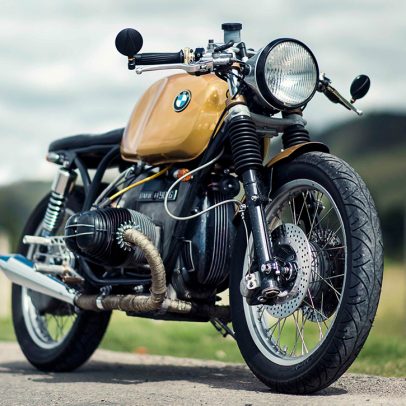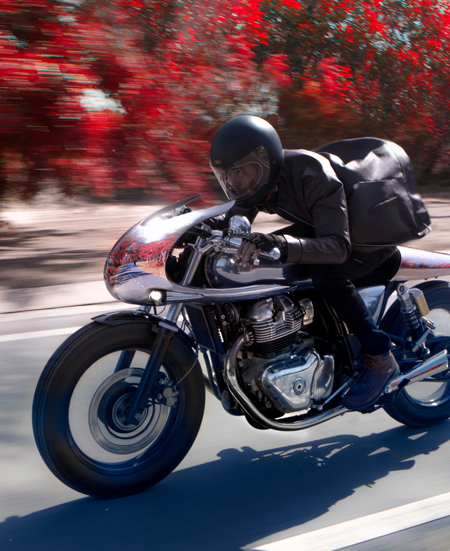Ever dreamed of cruising through campus or the city on a bike that you built with your own two hands? If you’re a student who loves working on creative projects, learning through hands-on experiences, and saving a buck or two, then the world of cafe racers might be calling your name.
More than just a mode of transportation, a cafe racer is a statement—about style, individuality, and the joy of building something yourself. Let’s explore why these stripped-down, retro-styled motorcycles are perfect for college and university students who love DIY culture.
What Makes Cafe Racers So Appealing?
First off, what exactly is a cafe racer?
Originally born from the rebellious spirit of 1960s British motorcyclists, cafe racers were light, fast bikes designed for quick rides between coffee shops (hence the name). Riders would customize their motorcycles to strip out unnecessary parts, boost performance, and create a sleek, aggressive look.
Fast forward to today, and cafe racers have become a subculture of their own—mixing vintage vibes, mechanical simplicity, and DIY creativity. But why do students love them so much?
Because they’re cool without trying too hard. They stand out in a sea of scooters and generic motorcycles. They offer something unique: a chance to build your own ride from the ground up, rather than just buying one off the lot.
For students juggling endless assignments, late-night study sessions, and the general stress of academic life, having a creative outlet is more than just a hobby—it’s a form of therapy. Tinkering with a cafe racer in your free time gives your brain a break from books and deadlines, letting you shift gears—literally and mentally. It’s a hands-on escape from digital screens and essay prompts, a place where your only concern is tightening bolts or tuning a carburetor. And when academic pressure peaks, it’s totally okay to seek a little backup — a paper writer available at PapersOwl can help take some of the load off, so you can focus on your mental health and your next bike mod. In a way, working on a cafe racer becomes a form of balance—where education meets passion, and productivity meets peace of mind.
And let’s face it—there’s something undeniably satisfying about riding a bike that you personally put together, bolt by bolt.
A Budget-Friendly Passion Project
Let’s talk money—because, let’s be honest, most students aren’t exactly rolling in cash.
One of the biggest advantages of cafe racers is that they can be surprisingly affordable—if you’re willing to put in the work. You don’t need a brand-new motorcycle. In fact, most cafe racers start their lives as older, second-hand bikes, sometimes found for just a few hundred dollars.
You’re not paying for fancy tech, advanced electronics, or high-end branding. Instead, you’re investing in the base frame and engine, then modifying it to fit your vision and style.
It’s a little like building your own PC instead of buying a flashy pre-built one—except with gears, engines, and exhaust pipes.
Hidden Savings
Plus, there’s long-term cost-effectiveness. A well-maintained, simple motorcycle like a cafe racer is cheaper to service, easier to understand mechanically, and usually more fuel-efficient than modern performance bikes. Insurance is often lower, too.
And here’s the kicker: since you built or modified the bike, you’ll likely be able to do most of the maintenance yourself, saving even more cash in the long run.
Building More Than a Bike: The DIY Experience
If you’re the kind of person who loves late-night projects in the garage, watching YouTube tutorials, or getting your hands dirty figuring out how things work, then a cafe racer is basically your dream project.
Turning an old, clunky motorcycle into a sleek cafe racer is a creative and mechanical challenge. It’s not just about aesthetics—it’s engineering, design, and innovation rolled into one.
You’ll learn how to:
- Strip down a bike to its core parts
- Replace or upgrade components like the seat, handlebars, and exhaust
- Understand how engines, wiring, and braking systems work
- Paint, polish, and personalize your ride to match your style
Does it require effort? Absolutely. But that’s the fun part.
This is DIY at its most rewarding. You’ll gain real-world mechanical skills, problem-solving abilities, and maybe even discover a new passion or career path.
The Cafe Racer Culture: More Than Just a Motorcycle
One of the best parts about getting into cafe racers is that you’re not doing it alone.
There’s an entire community—both online and offline—of cafe racer enthusiasts who are more than happy to share tips, ideas, tutorials, and inspiration. Think Reddit threads, Facebook groups, local clubs, weekend rides, and garage meetups.
And this isn’t just for hardcore mechanics or motorheads. The cafe racer scene is filled with artists, designers, engineers, students, and creatives of all types. It’s a melting pot of passion and personality.
Owning a cafe racer connects you to a wider network of people who value creativity, independence, and vintage charm over flashy, commercialized tech.
A Style Statement
Let’s be honest—your ride says something about you.
While most modern bikes look like they came out of a sci-fi movie, a cafe racer has retro soul. The minimalist design, the exposed metal, the low-slung seat—it’s got personality. And because you built it, no one else will have one quite like it.
That’s what makes cafe racers such an awesome lifestyle choice for students: they’re not just vehicles, they’re expressions of who you are.
How to Get Started Without Breaking the Bank
Now that you’re probably itching to start your own build, let’s talk practical steps. The good news? You don’t need to be a mechanic—or have a huge budget—to get started.
Finding Your First Base Bike
Start by scouting used bikes online. Websites like Craigslist, Facebook Marketplace, and even eBay are gold mines for budget-friendly motorcycles.
Look for:
- Models from the 70s, 80s, or early 90s (Honda CB series, Yamaha XS, Kawasaki KZ, etc.)
- Bikes that run but might need cosmetic or minor mechanical work
- Simple engines and easy-to-find parts
You can often find solid starter bikes for under $1000—or even cheaper if you’re lucky and know how to negotiate.
Tools, Time, and Tutorials
Once you’ve got a base bike, you’ll need:
- Basic hand tools (screwdrivers, wrenches, socket sets)
- A workspace (garage, shed, or even a shared workshop space)
- Online resources (YouTube, forums, free guides)
Don’t rush the process. It’s okay to learn as you go. The whole point is to grow your skills and enjoy the ride—figuratively and literally.
Conclusion
So, why are cafe racers perfect for students who love DIY projects?
Because they’re the ultimate combo of creativity, affordability, and self-expression. They offer you the chance to build something with your own hands, learn valuable real-world skills, and connect with a passionate community—without emptying your wallet.
Whether you’re studying engineering, art, design, or just love fixing things, a cafe racer is more than just a bike. It’s a project, a passion, and a piece of you on two wheels.
Ready to turn your weekend hobby into a rolling work of art?
